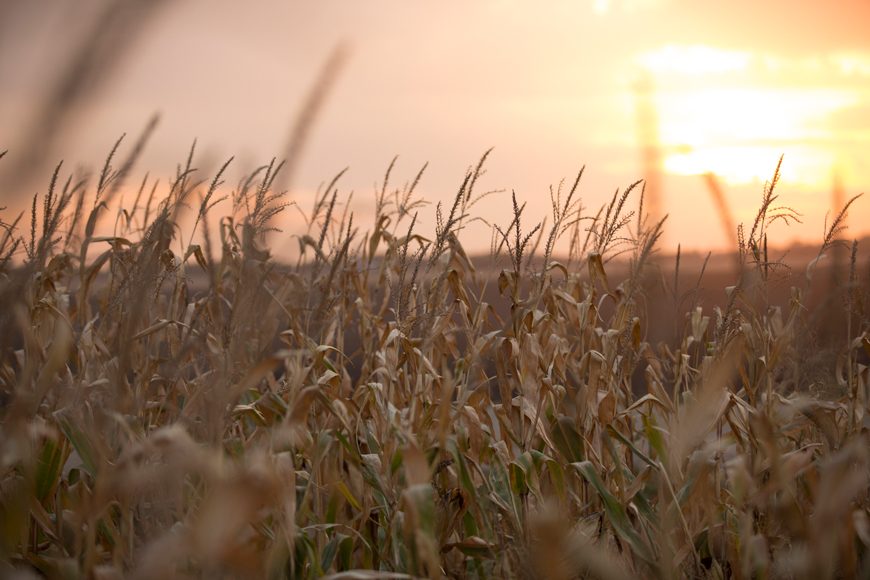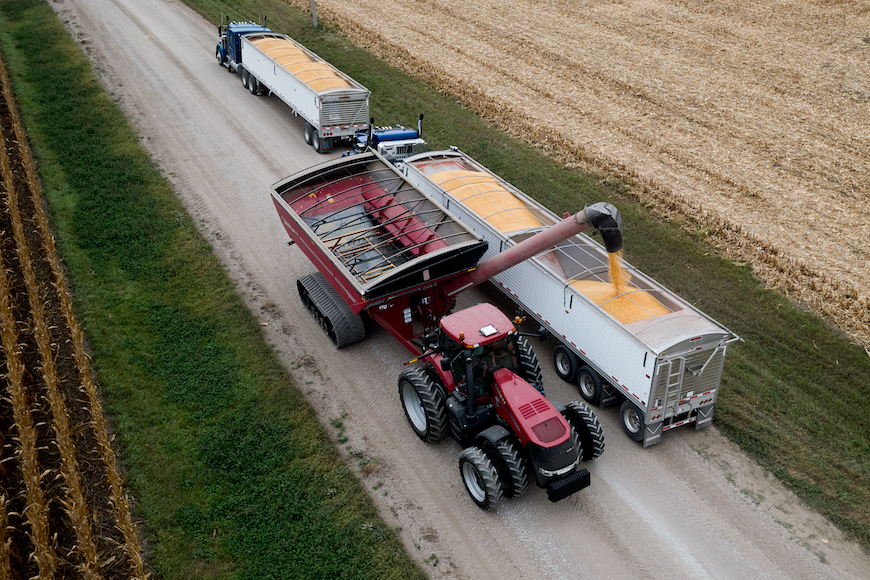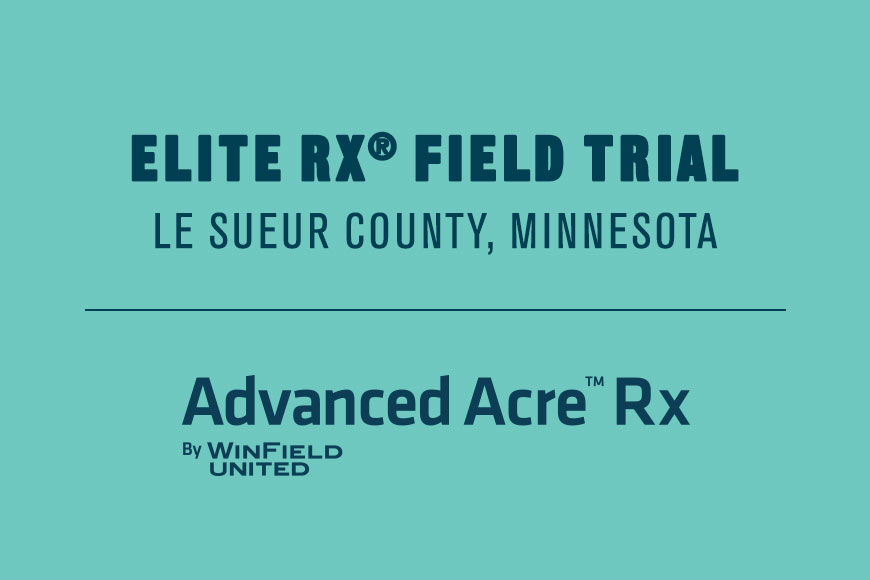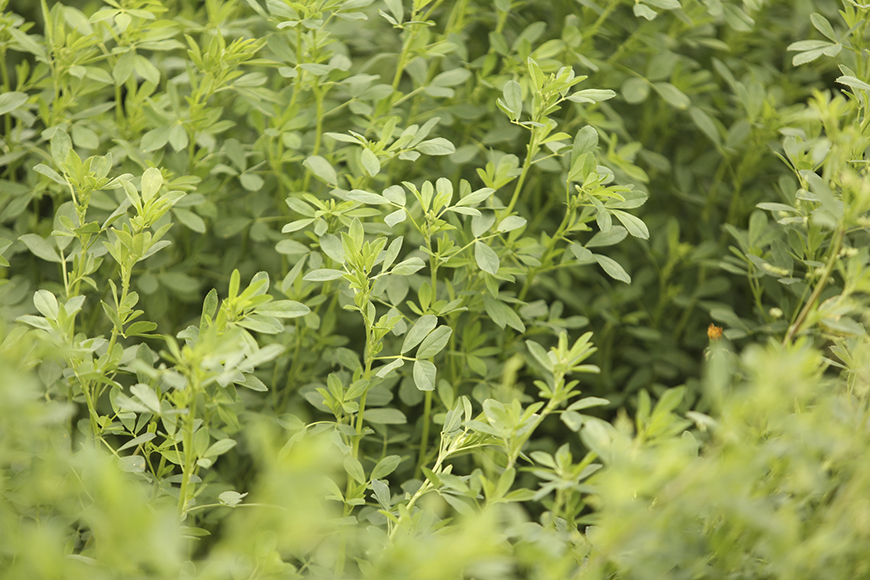5 Steps to Help Determine Harvest Order

With harvest just around the corner, now is a good time to strategize an effective harvest order that will help protect yield potential. These five steps will help you evaluate fields and determine an order that will work in your favor.
1. Gauge corn stalk integrity and moisture content.
You may notice your fields develop stalk rot in the fall. Cool, cloudy and wet conditions that are common in the fall make stalk diseases like fusarium and anthracnose more likely. Be sure to do a pinch test to check for stalk rot. Go down your corn rows and pinch 10 stalks in a row about 6 inches above the soil surface. If your thumb and forefinger meet, those stalks are compromised. If 15% of stalks tested in a field fail the test, prioritize that field for harvest.
You may need to harvest grain at a higher moisture content than desirable in order to get it out of fields before lodging occurs. Now is the time to plan your strategy for drying to ensure your propane is ready when you need it. Also, be sure to keep an eye on your early-maturing hybrids to ensure they don’t get too dry. Harvesting corn at less than 15% moisture increases harvest loss due to head shatter.
2. Assess soybean moisture content and lodging potential.
Harvest readiness in soybeans is largely determined by grain moisture content, which ideally should be about 13%. However, it’s also important to pay attention to standability if fields experienced hail damage during the season, which could weaken stems and make plants more prone to lodging.
Insect infestations could also cause plants to lodge. For example, the soybean gall midge, which tunnels and burrows into the stem and feeds on the base. In these cases, you’ll want to bump those fields up in your harvest order.
3. Leverage technology.
Crop modeling tools can help predict when physiological maturity in both corn and soybean plants will occur, as well as help estimate grain moisture content thereafter. Talk with your agronomist to see how they can help plan and support your harvest order decisions with reliable data.
4. Scout for insects and disease.
In addition to scouting for insects, be on the lookout for corn and soybean diseases, most of which tend to overwinter on residue such as leaves, stems, stalks, cobs and root material. Continuous corn and minimum- or no-till fields are at higher risk for disease, so potentially harvest those first if you do spot disease there. If you live in an area that didn’t get to harvest corn until the spring, those fields are probably going to have more residue at the surface because they didn’t get deep tillage in the fall.
5. Note weeds and nitrogen levels for next season.
As you harvest, observe your weed control success from the combine. Make note of escaped weeds that have put on seed heads so that you can manage them for next year’s crop. Consider taking a basal stalk nitrate test after physiological maturity but prior to harvest. This could help you monitor nitrogen levels in your corn plants this year and determine if they were sufficient. Add this information to your scorecard at the end of the season to make better adjustments when planning for next year.
Take advantage of the tools available to help you determine harvest order. Your local WinField United retailer can also help you prioritize your fields.
This article was originally published in August 2020 and was updated in August 2021.
All photos are either the property of WinField United or used with permission.
© 2021 WinField United. Important: Before use always read and follow label instructions. Crop performance is dependent on several factors many of which are beyond the control of WinField United, including without limitation, soil type, pest pressures, agronomic practices and weather conditions. Growers are encouraged to consider data from multiple locations, over multiple years, and to be mindful of how such agronomic conditions could impact results. WinField are trademarks of WinField United. All other trademarks are the property of their respective owners






